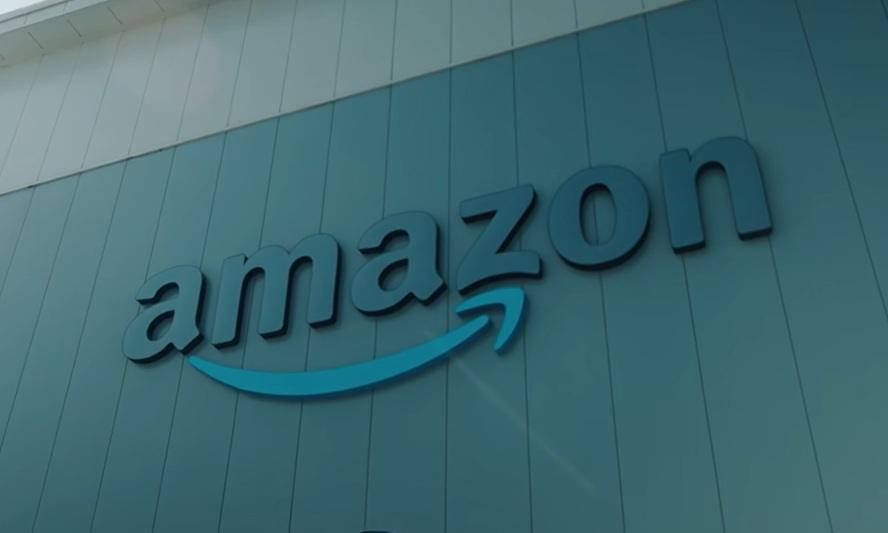
Amazon Launches New Projects to Restore Over 2 Billion Liters of Water per Year

Amazon announced the launch of a series of new global replenishment projects across the U.S., UK and Mexico, expected to restore over 2 billion liters of water annually through nature-based solutions that will also improve habitats and ecosystems.
Amazon has set a series of water stewardship goals, including a target to be water positive in AWS, returning more water to communities and the environment it uses in its data center operations, by 2030.
With the launch of the 4 new projects, Amazon increased its portfolio of nature-focused projects to more than 22, expected to replenish or improve the quality of more than 11 billion liters of water each year.
The new projects include a watershed restoration project Near Guadalajara, Mexico that aims to replenish 150 million liters of water each year by implementing multiple nature-based solutions such as using vegetation and planting practices to reduce runoff, helping to absorb more rainwater to stop pollution flow into the Santiago River basin. In New Mexico, Amazon is supporting a project to help the Rio Grande sustain critical flows for wetlands and endangered species during drought, and in North Carolina, the company is helping to restore 20,000 acres of longleaf pine forest that enables more rainwater to soak into the ground and rivers and generates 1.6 million cubic meters of water annually. In the UK, Amazon is working with The Rivers Trust to help restore the Thames River Basin to improve natural flood management by removing barriers to reconnect the river to its floodplain, replenishing water, improving water quality, and creating habitat for threatened wildlife.
In a post announcing the new projects, Amazon said:
“Interventions like constructing wetlands and promoting healthy soils help collect, purify, store, and distribute freshwater, addressing water security challenges more effectively and sustainably than engineered infrastructure alone.”